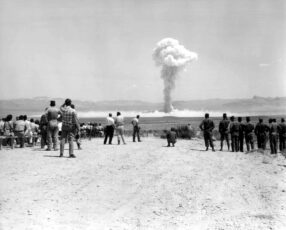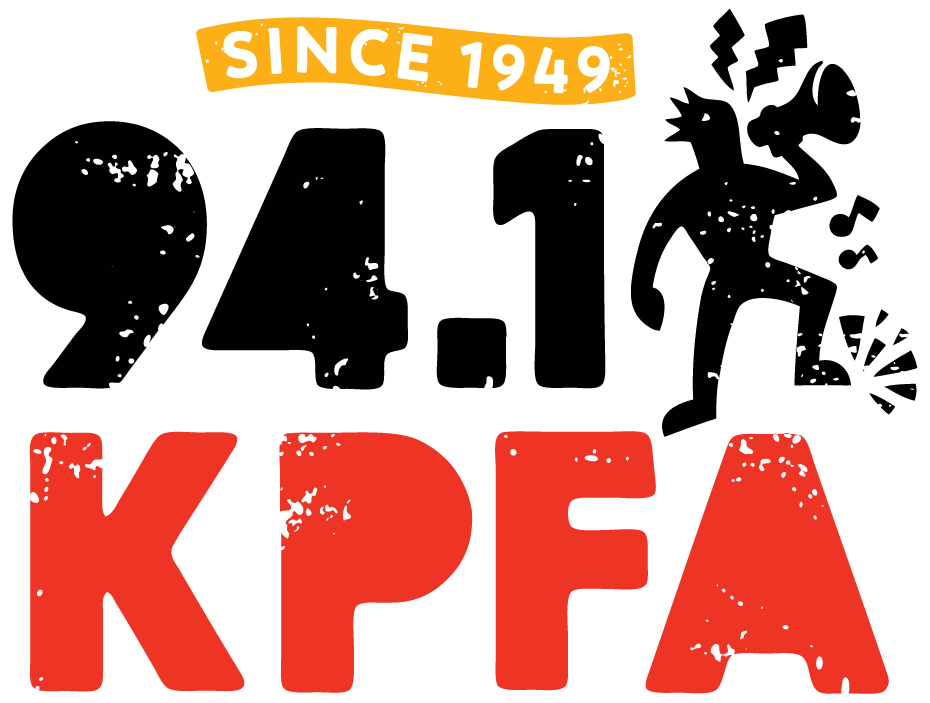
Crowds gather to watch a nuclear test in 1962 at a Nevada test site. Four decades of nuclear testing have caused long-term damage to American communities. Photo from the National Nuclear Security Administration.
On this show:
0:08 – For Mondays with Mitch, Cat Brooks and Jeannine Etter chat with Mitch Jeserich, host of Letters & Politics weekdays at 10, about President Trump’s latest round of executive orders and backlash against Joe Biden’s remarks on diversity in Black communities.
0:34 – John Swartzberg is clinical professor emeritus of infectious diseases at UC Berkeley’s School of Public Health. He joins us for COVID-19 updates.
1:08 – Last week, President Trump signed executive orders banning Chinese-owned mobile apps TikTok and WeChat from operating in the United States in 45 days unless they are sold to an American company. He claims the apps pose a national security risk. To break down the implications of and rationale behind these orders, we speak with Yaqiu Wang (@Yaqiu), a China researcher at Human Rights Watch, and Will Oremus (@WillOremus), a senior writer for One Zero covering technology, privacy and online speech.
1:34 – A coalition of anti-nuclear activists are demanding an end to the manufacture of and investment in nuclear weapons. KPFA’s Kate Iida (@kiida26) reports.
1:38 – It’s been 75 years since the US dropped atomic bombs on Hiroshima and Nagasaki. But even within the US, atomic radiation has cause long-term health consequences and trauma. We take a look at the impacts of four decades of nuclear testing on US communities. Mary Dickson is a downwinder, a thyroid cancer survivor, and writer in Salt Lake City who has advocated throughout her lifetime for downwinders. “The staggering human cost of testing is something that most people don’t know,” she says.

